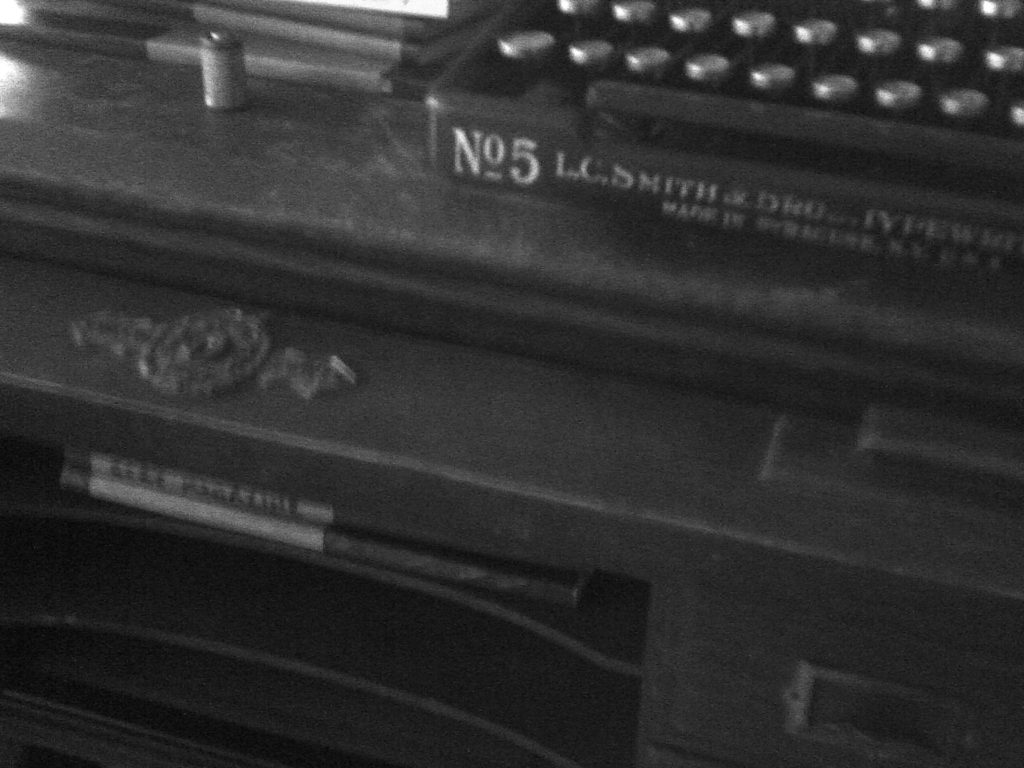September 15, 2020
My new suite of eleven hybrid poetry-text works, Eleison for Solo Migration (for Ana Mendieta) is published in Conjunctions magazine – you can read it in full here. It’s the first published work from a very new hybrid book-in-process called THE NECESSARY, which is part of my Creative Capital– and Yaddo-supported memoir-based transdisciplinary body of work THE SLAUGHTER PARTIES: OUT HERE DEATH IS NO BIG DEAL. The “Eleison” suite surrounds the complexity of 19th century white female solo refugees from New York who fled gender violence, discriminatory and misogynistic policing, and a constrictive marriage-based, heteronormative society for what to them was freedom – yet their own status as gender-based refugees made them complicit in the colonization and genocide of “western expansion” into indigenous Nations, Tribes, and lands. The suite dwells within the increasing despair of incumbent as one woman realizes her own fight for survival, freedom, and a life of independence away from a violent husband comes at the cost of death, displacement, and a loss of autonomy for the inhabitants of the western territories of North America.
EXCERPT from ELEISON
4. SHALL I SPEAK THEM ON MY BACK
What can I call the wagon tracks that stretch behind me
How can I forget the carriage ruts that drove me out
Scars cut parallel into the west by wheels are white behind me
Scars cut in pairs into the cobblestones by the tumbrels deep aside my spineOnly with this cunt pressed to horse spine
Can I now speak of honor
of Nation
Of freedomYet behind the grasses here are faces—
forms—
Why have you brought the reek of there to here?
In dreams I whisper back I have left that all behindWhen walking I say, I’m sorry, I’m sorry—
(c) September 2020 Quintan Ana Wikswo / ELEISON FOR SOLO MIGRATION (for Ana Mendieta)
I was not wanted there, either, and I beg of you to let me stay
That, there, is the lie illuminated by the stars
who strike their matches far above me

WIKSWO ARTIST STATEMENT:
“ELEISON FOR SOLO MIGRATION” returns to my homeland of the US-Mexico-Tohono O’odham borderlands that include what is now Texas, New Mexico, Arizona, and California, as well as the experience of Anglo-European bigotry inherent in the structure of gender violence policing in the City of New York that forms predatory environments for women and BIPOC to this day. The suite pivots between “the frontier” and this very real Lower Manhattan that was grown on stolen land, yet also provided the planet with a beacon of hope for refugees and immigrants seeking freedom. This irreconcilable pain and trauma of placement and displacement is at the heart of the new collection, THE NECESSARY.References in this work to women “falling” out of windows are a direct homage and protest to the artist Ana Mendieta, whose vital work as a BIPOC artist working in the colonized lands of South, Central, and North America – including the US borderlands – ended when her husband, sculptor Carl Andre, murdered her in the East Village of New York City by pushing her out the 33rd floor window of their apartment on September 8, 1985. This is where ELEISON is set.
In 1985, The New York Times reported that “A doorman in the street below had heard a woman screaming “No, no, no, no,” before Mendieta’s body landed on the roof of a building below. Andre had what appeared to be fresh scratches on his nose and forearm, and his story to the police differed from his recorded statements to the 911 operator an hour or so earlier. The police arrested him.” Yet due to his connections and status in a New York City that has changed little from the 19th century police bigotry and elite powerbrokers that protect predatory white men meant that he did not face charges.
I lived a block away from her former home, and passed that window every day, joining the global movement of artists who refuse to let her legacy, her searing work, and the injustice of her murder become erased. Carl Andre is still a lauded white man in the highest echelons of New York City, enjoying high prices for his work, numerous gallery and museum exhibitions, and a legacy that includes an old boy’s network of prominent male artists whose funding and social power allowed him to evade prosecution for her killing.
